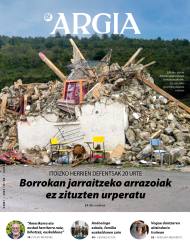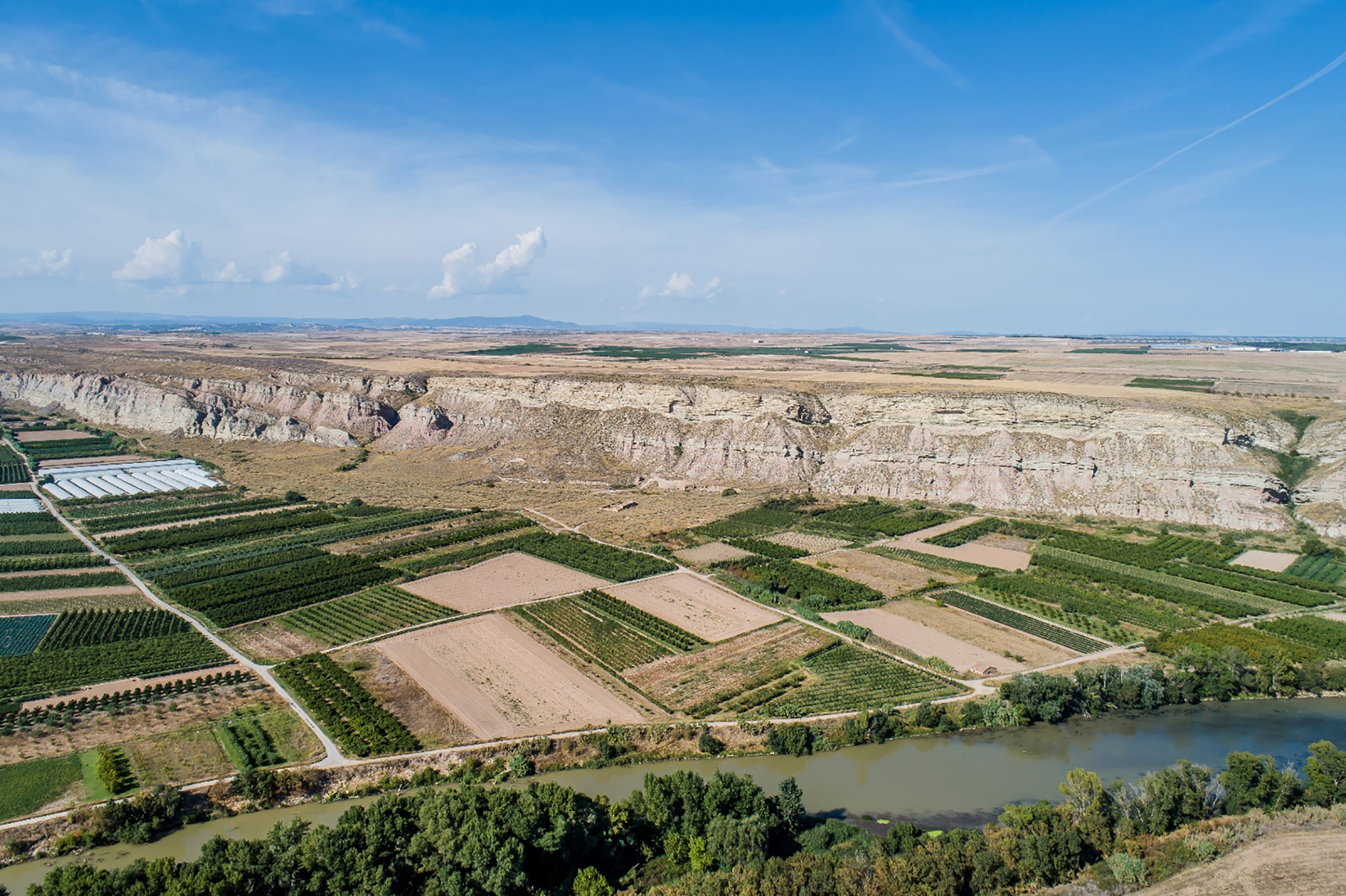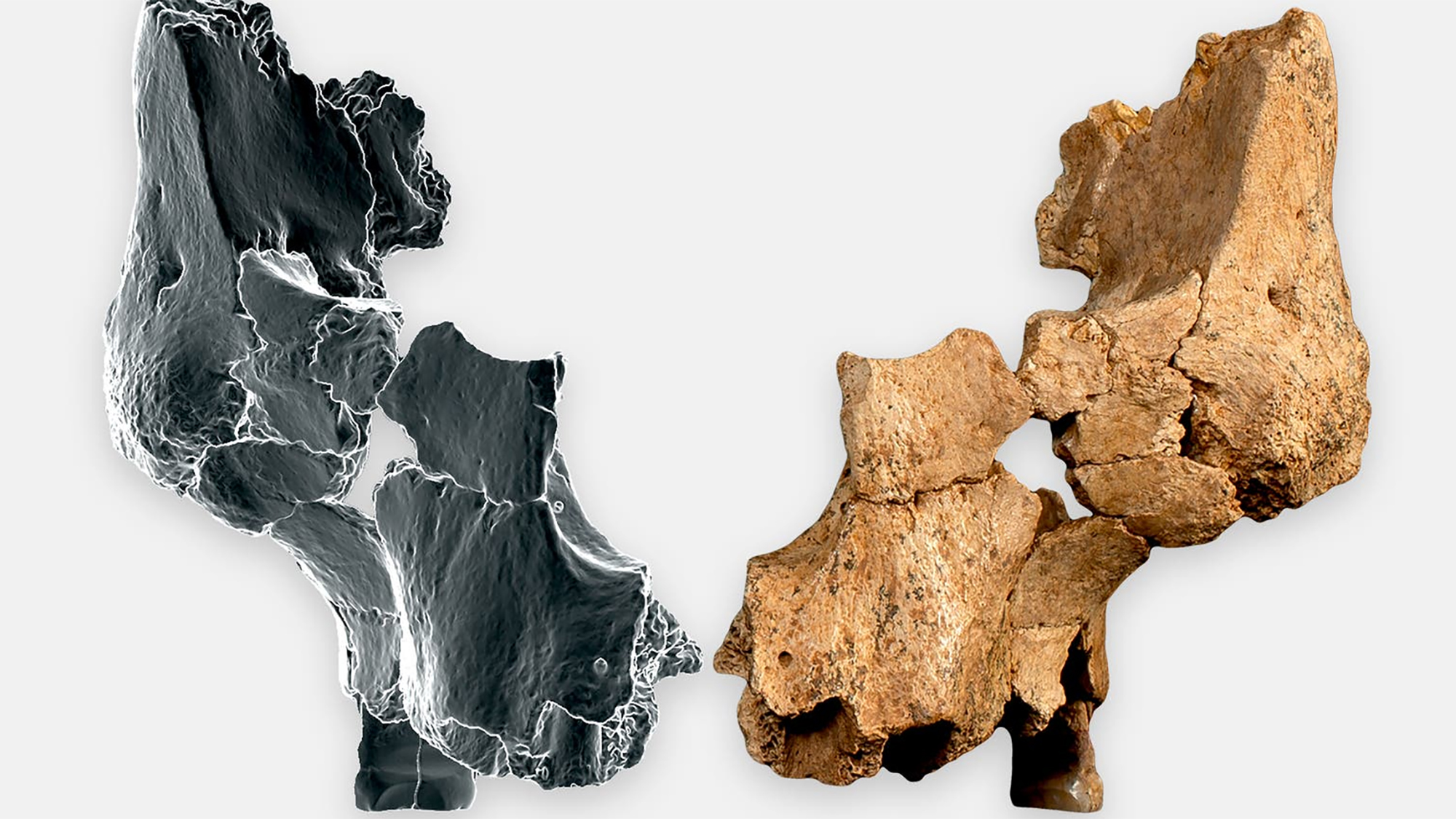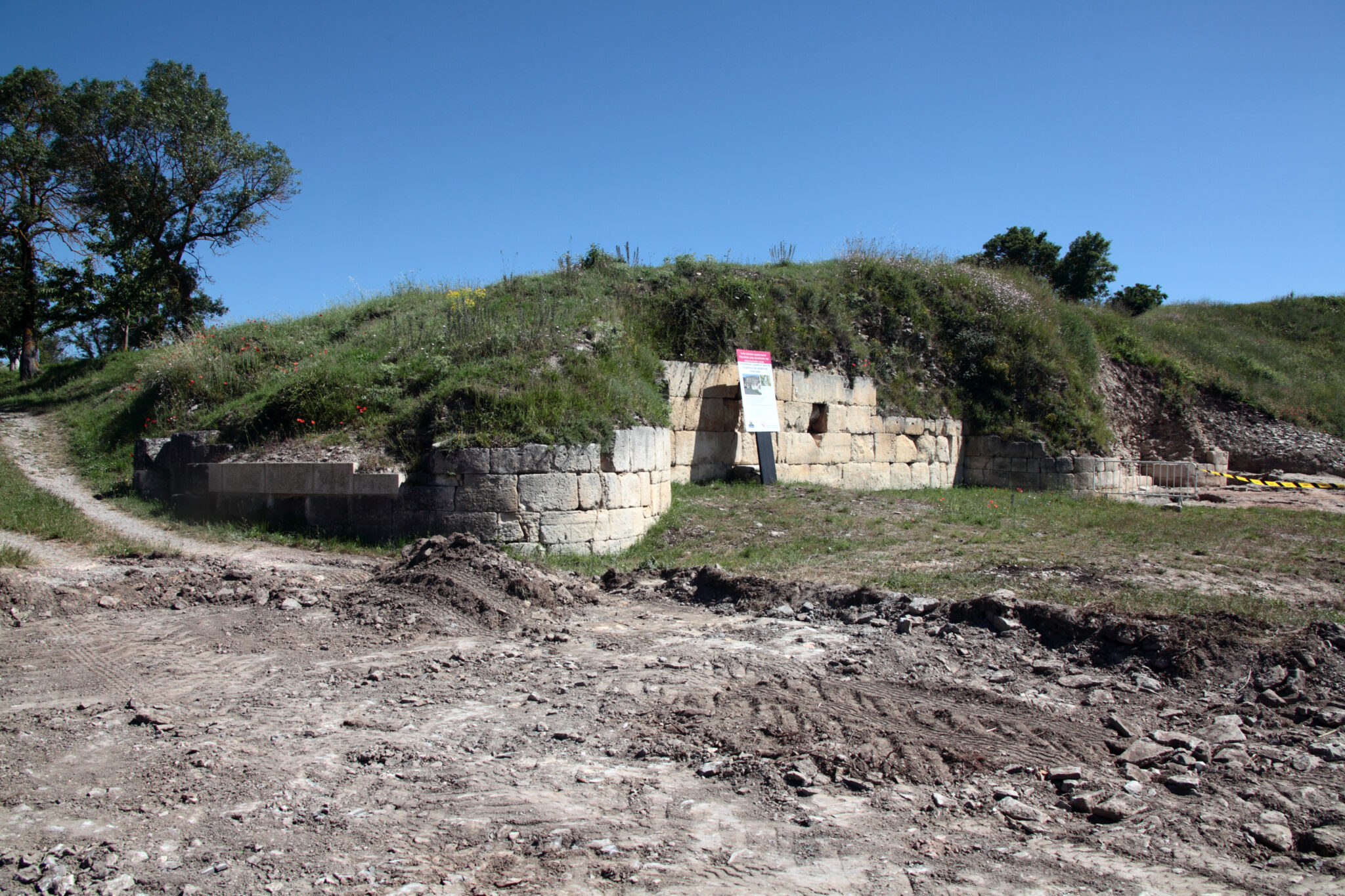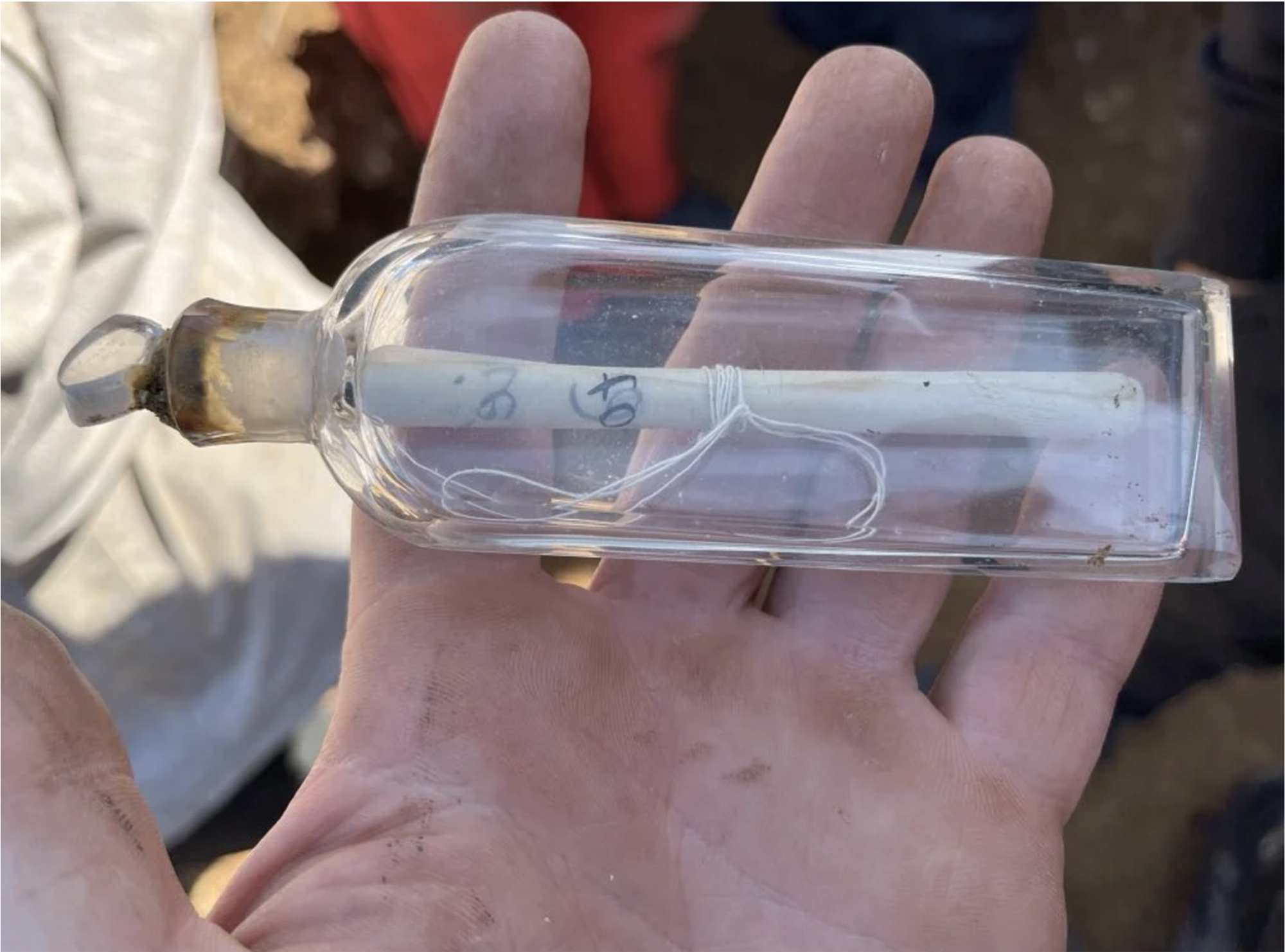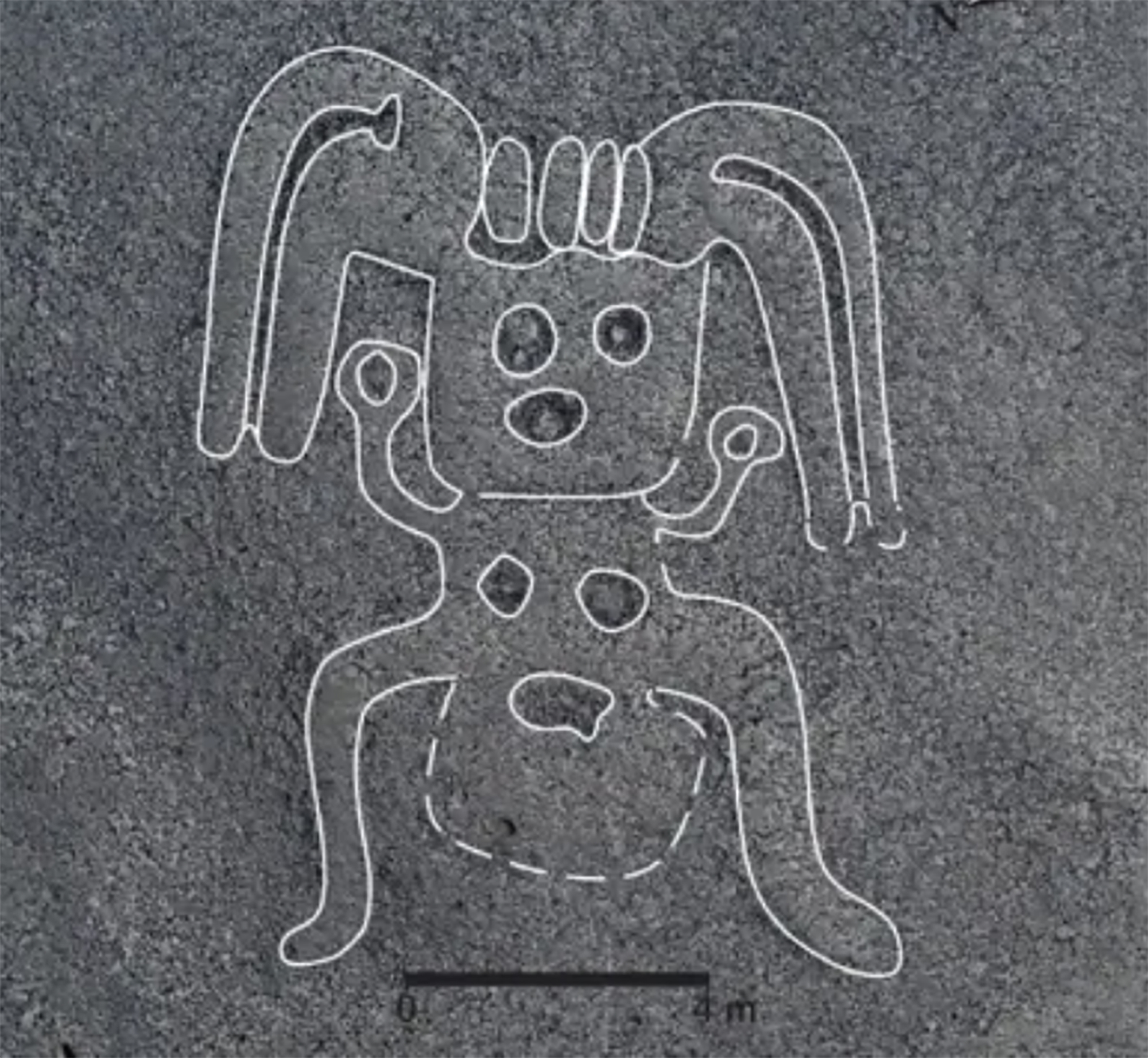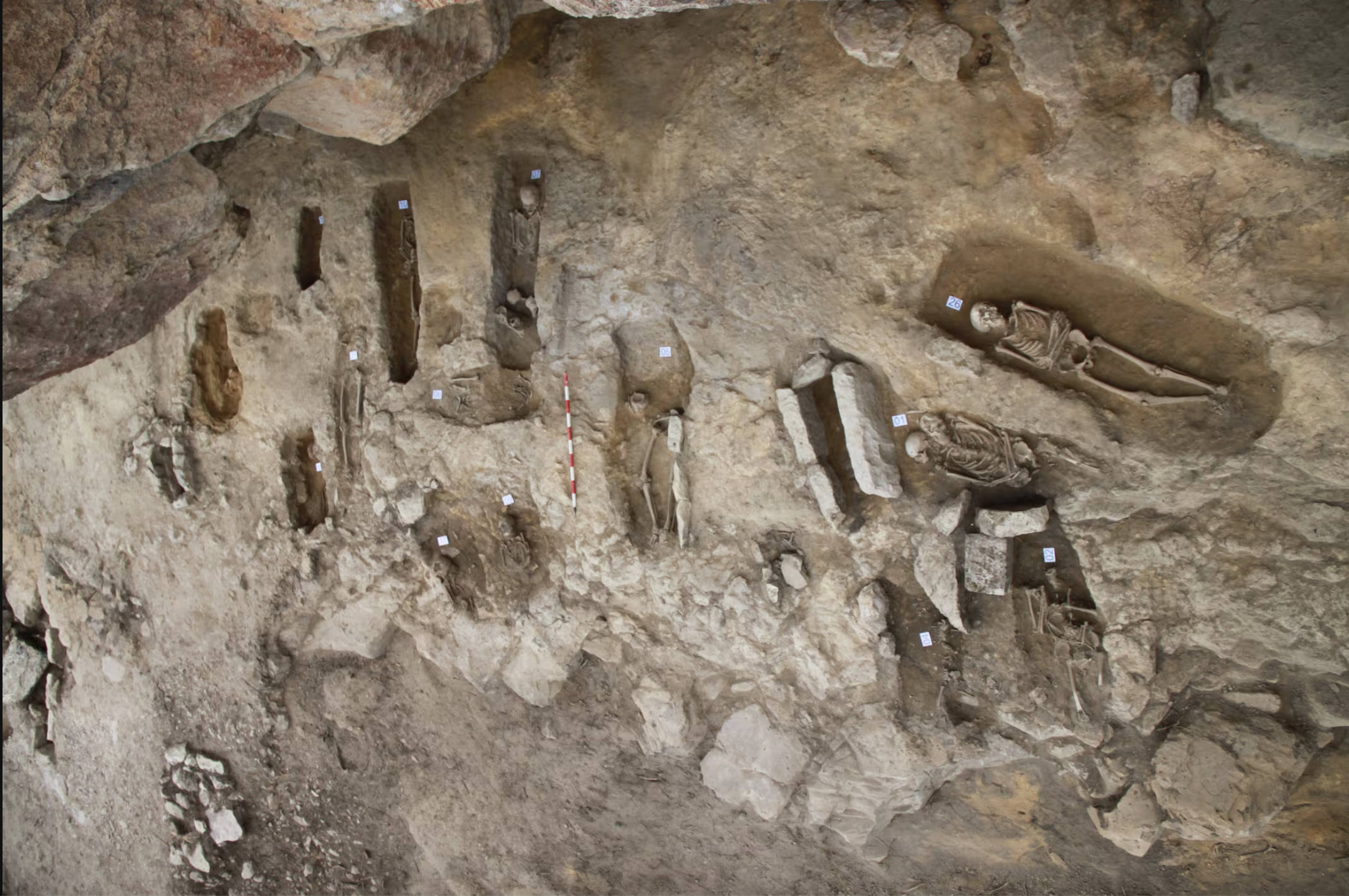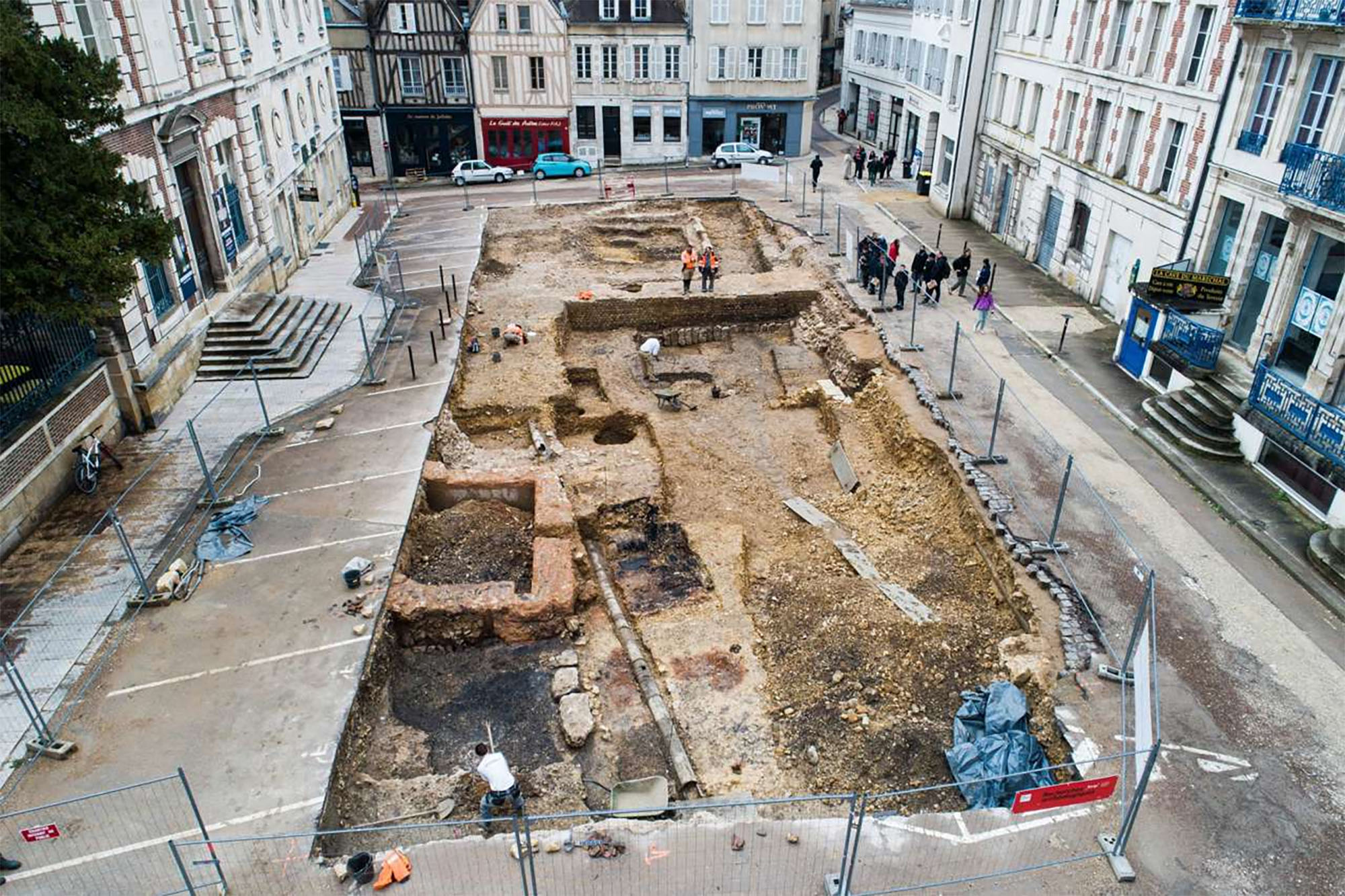Irulegi: beyond hand, thanks to hand
- Irulegi, about 2,100 years ago. After the Iron Age village was attacked and burned, it was abandoned by its inhabitants at the age of 1,100. From this last time it is the well-known hand that was published in last year’s campaign and the discovery has significantly influenced the field research.
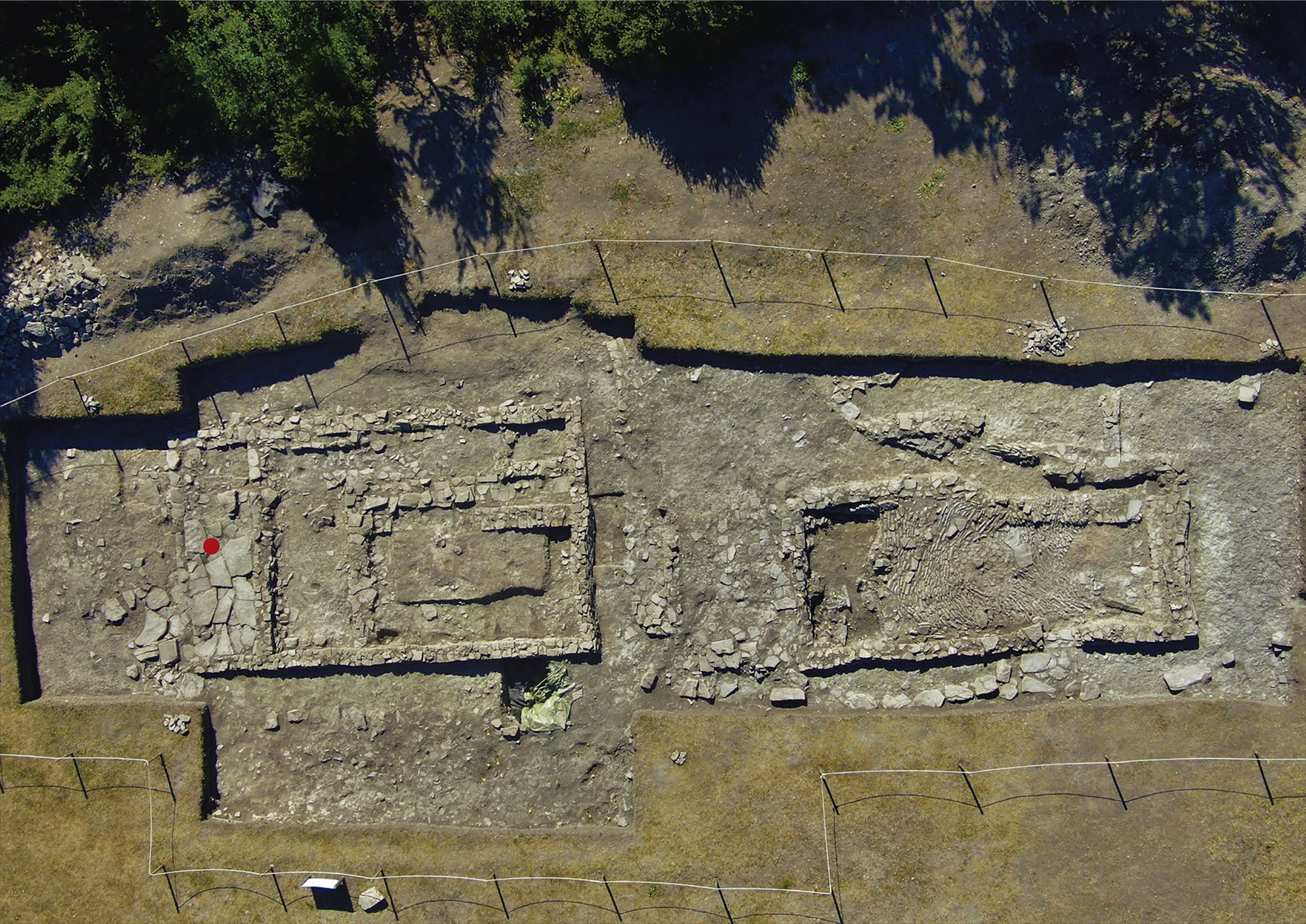
Thanks to the hand, visitors have increased considerably in Irulegi: Since then, they have contracted over 2,000 guided tours and received more public subsidies. Thus, the campaign that lasted the first and a half months has been extended for three months this summer. And as a result they have achieved excellent results.
This campaign has determined the time it was populated, from 3,200 years to about 2,100 years ago. In addition to the two homes excavated so far, a third party has been investigated and, among other things, a seven-step staircase has been found in the Western Pyrenees.
One of the main conclusions of the campaign was that the Romanization process of the Vascones was not as abrupt and violent as it was believed, but was progressive and complex. Mattin Aiestaran, director of the Aranzadi excavation, said that “we see that these vascones knew about the Romans. You have seen the Mediterranean and try to bring it here. They try to adapt to the future Roman Empire, but without losing their peculiarities.” The structures investigated this year show that the Vascones tried to mimic Roman constructive techniques, “they did not do well, they lacked methodology”.
75 fire arrows have been found and it has become clear that the village was attacked and burned to the misery of the population and the happiness of archaeologists. Because objects have been kept in perfect condition under the remains of straw covers and burnt adobe walls. They have found over 2,000 objects: ceramic remains, glass beads, horse ribbons, weapons… All of them indicate the strategic importance of Irulegi. They controlled the roads between the Ebro valley, the Cantabrian coast, Aquitaine and Gaul. The village was the main axis of the area, and imported objects, such as the Adriatic amphora they have discovered, show a relationship with the countries outside, which means they brought wine from Italy.
Aiestaran says we only started to meet Irulegi. This year’s campaign has opened new lines of research. Irulegi is going to give us a lot more of the hand.
Aranzadi Zientzia Elkarteko Etnografia Sailaren zuzendari berria da Maite Errarte Zurutuza (Beasain, 1995), urrian Fermin Leizaolaren lekukoa hartu ondoren. Kultura materiala aztertzen jarraitzeko beharra azpimarratu du, gizartearen memoria eta bizimodu aldaketak erregistratzeko... [+]
Atapuercako aztarnategian hominido zahar baten aurpegi-hezur zatiak aurkitu dituzte. Homo affinis erectus bezala sailkatu dute giza-espezieen artean, eta gure arbasoek Afrikatik kanpora egindako lehen migrazioei buruzko teoriak irauli ditzake, adituen arabera.
Martxoaren 30erako Iruña-Veleia martxan, SOS Iruña-Veleia eta Euskeraren jatorria elkarteek manifestaziora deitu dute, Aski da! Argitu, ez suntsitu lelopean. Azken bi urteetan "hondeatzaileak sistematikoki eremu arkeologiko oso aberatsak suntsitzeko modu... [+]
Ethiopia, 24 November 1974. Lucy's skeleton was found in Hadar, one of the oldest traces of human ancestors. The Australian hominid of Australopithecus afarensis is between 3.2 and 3.5 million years old.
So they considered it the ancestor of species, the mother of all of us. In... [+]
While working at a site in the Roman era of Normandy, several archaeology students have recently made a curious discovery: inside a clay pot they found a small glass jar, of which women used to bring perfume in the 19th century.
And inside the jar was a little papelite with a... [+]
A team of researchers led by the Japanese archaeologist Masato Sakai of the University of Yamagata has discovered numerous geoglyphs in the Nazca Desert (Peru). In total, 303 geoglyphs have been found, almost twice as many geoglyphs as previously known. To do so, researchers... [+]
Treviño, 6th century. A group of hermits began living in the caves of Las Gobas and excavated new caves in the gorge of the Laño River, occupied since prehistory. In the next century, the community began to use one of the caves as a necropolis. In the 9th century they left the... [+]
On August 1, a dozen people from the family were in Aranguren. Two young people from Aranzadi made firsthand the excavations and works being carried out in Irulegi. This visit is highly recommended, as it reflects the dimension of the work they are doing.
Halfway, at the first... [+]
In the desert of Coahuila (Mexico), in the dunes of Bilbao, remains of a human skeleton have been found. After being studied by archaeologists, they conclude that they are between 95 and 1250 years old and that they are related to the culture of Candelaria.
The finding has been... [+]
The Roman city of Santakriz is an impressive archaeological site located in Eslava, near Sangüesa. Apparently, there was a fortified people of the Iron Age, and then the Romans settled in the same place. Juan Castrillo, himself a priest of Eslava, gave the site for the first... [+]
This winter the archaeologists of the INRAP (National Institute of Preventive Archaeological Research) have found a special necropolis in the historic centre of Auxerre (French State), a Roman cemetery for newborn babies or stillbirths. - Oh, good! The necropolis used between... [+]









